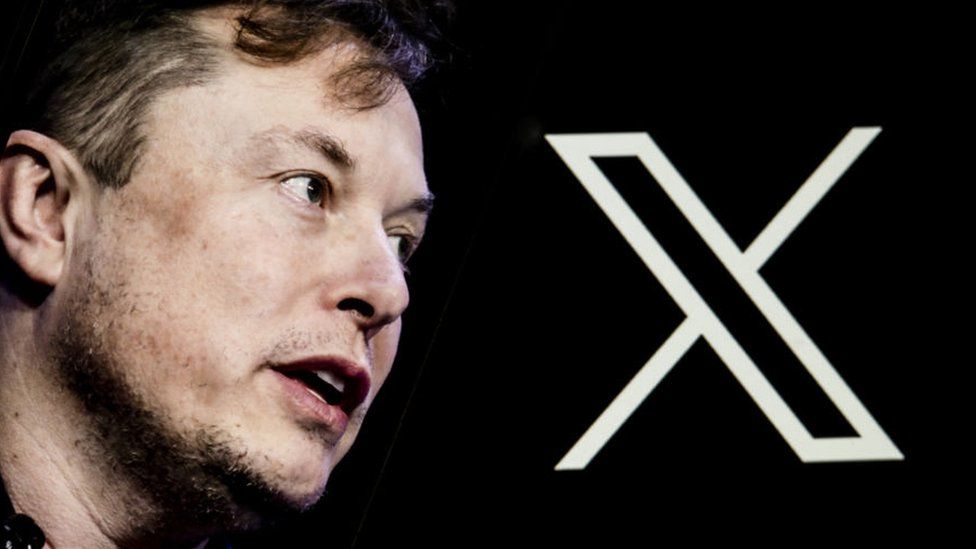Bitcoin continues to dominate market structure, while Solana and Cardano remain two of the most discussed ecosystems among traders looking beyond large caps. Solana is widely associated with speed and low transaction costs, while ADA is often evaluated through a longer-term adoption lens. At the same time, Ethereum and BNB still anchor most DeFi liquidity and user activity. With so many established networks competing for attention, a growing number of traders are refining how they do research.
Instead of looking only at tokens, they are increasingly looking at infrastructure. In practical terms, that means evaluating the platforms where trading actually happens. Decentralized exchanges, liquidity layers, and execution engines are now part of the “what to buy” conversation because they shape how efficiently the market operates.
This is why L.xyz is showing up more often in research alongside Bitcoin, ADA, and SOL. It is not positioned as a replacement for these assets. It is being evaluated as a Solana-native trading platform built around execution quality, deep liquidity, and advanced tooling.
Why Comparing Ecosystems Naturally Leads to Comparing Trading Venues
When traders compare chains, they usually compare three things: fees, speed, and liquidity. But for active traders, there is a fourth component that matters just as much: execution. A blockchain can be fast, but if trading venues on that chain cannot support efficient entries, exits, and risk management, the experience breaks down under pressure.
This is where Solana’s growth creates a specific demand. Solana attracts traders who expect fast settlement and low-cost transactions. As volumes increase, those traders naturally begin looking for decentralized exchanges that can offer deeper liquidity and better execution quality than basic swap interfaces.
L.xyz is designed specifically for this type of user. It is developing a decentralized exchange on Solana that combines the accessibility of AMMs with the control of an order book, aiming to support both retail and advanced trading behavior.
Hybrid Architecture for Better Price Discovery
One of the most common issues traders face on AMM-only exchanges is slippage, especially during volatile conditions or larger orders. AMMs provide convenience, but they can be inefficient for traders who need precise fills.
L.xyz is built around a hybrid AMM and order book architecture. Liquidity pools help ensure markets remain active, while the order book enables limit orders and stop orders for more controlled execution. This model is designed to deliver smoother trading in both calm and volatile environments by improving price discovery and reducing execution uncertainty.
Solana’s performance makes this hybrid design viable because fast transaction finality and low fees allow traders to adjust positions quickly without paying large costs for each action.
Tools Designed for Active Traders
L.xyz is being built to support more than basic spot swaps. The platform includes spot trading and futures trading, and offers leverage up to 100x on select pairs. While leverage is inherently risky and should be used carefully, the presence of leverage tools signals an intent to serve active traders who require capital efficiency and structured risk management.
The platform also supports limit and stop orders, which are essential for disciplined execution. Real-time charting and analytics are part of the broader goal of making on-chain trading feel precise and strategy-driven, not improvised.
In markets where timing matters, execution tools often become the difference between trading confidently and trading reactively.
Why Audit Transparency Matters in Presale Research
Presale buyers are not only assessing potential utility. They are assessing risk. One of the strongest differentiators for L.xyz is the availability of independent audits.
Audits by SpyWolf and QuillAudits confirm that the LXYZ token supply is permanently fixed at 500 million tokens. Mint authority has been revoked, preventing any future inflation. Freeze authority is disabled, ensuring balances cannot be restricted. The audits also confirm there are no hidden taxes, transfer fees, or blacklist mechanisms embedded in the contract.
For traders who have seen presales fail due to contract risk or unclear token controls, these specifics matter. They reduce uncertainty and make evaluation more straightforward.
Early Participation as Infrastructure Alignment
When traders look for opportunities beyond large caps, many are really looking for early alignment with platforms that could become widely used. This does not imply guaranteed outcomes. It reflects how infrastructure projects are typically evaluated.
The LXYZ token supports governance participation, staking rewards, and liquidity incentives. In other words, it is designed to be used within the platform ecosystem, not merely held as a passive asset.
This is why L.xyz is increasingly being researched alongside Bitcoin, ADA, and SOL in broader market discussions. Those assets represent the market’s foundation and major ecosystems. L.xyz represents a potential trading layer that serves Solana’s growing demand for more advanced on-chain execution.
Join presale: https://l.xyz/#sale
Telegram: https://t.me/ldotxyz
Join Telegram Group: https://t.me/lxyzgroup
Twitter/X: https://x.com/ldotxyz
FAQ
Best crypto to buy now
Many traders research early-stage infrastructure projects alongside established assets. L.xyz is often included in this research because it is building a high-performance decentralized exchange on Solana with a clear focus on execution and transparency.
Top altcoins to buy now
Some traders prioritize platforms that enable trading activity rather than narrative-driven tokens. L.xyz is evaluated in this category due to its hybrid AMM and order book architecture and its Solana-native design.
Best presales to invest in
Presales with audits, fixed supply, and real utility often receive more serious attention. L.xyz is researched in this context because its token structure and contract controls are publicly verifiable through audits.
Is L.xyz a good project to invest in?
L.xyz is being evaluated as an early-stage Solana infrastructure project. Its exchange-focused roadmap, advanced trading features, and audit-verified token fundamentals are key factors traders consider.
What is the best crypto to buy for a 100x return?
Rather than aiming for specific return targets, experienced traders typically research early infrastructure platforms with fixed supply, audits, and long-term relevance. L.xyz is reviewed in this category due to its trading platform design and transparency.






